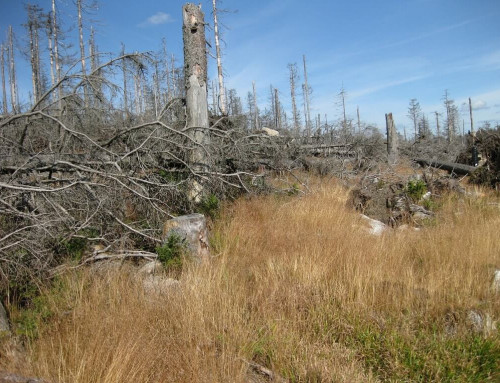
SeedCo trial fields are used for breeding seeds. Image credit seedco.co
ZIMSEC O Level Combined Science Notes: Breeding
- Controlled breeding in livestock and crops allow farmers to obtain animals and crops with the best characteristics
- Each breed or variety has is own characteristics for example with cattle some breeds are good for meat and others produce more milk
- With chickens some breeds (broilers) are bred for meat and other breeds to lay eggs
- If a group of animals are allowed to breed freely without any new animals that group becomes less productive
- Undesirable characteristics such as deformities and reduced resistance to diseases will increased
- In-breeding-is when no new individuals are introduced to a herd/group of animals
- This results in reduced variation and thus natural selection and adaptation are negatively impacted
- Farmers cross-breed to maintain variety in their herds
- Cross-breeding–is the process of introducing new animals with desirable characteristics into a herd so that variation is maintained
- Farmers choose the characteristics they need and want for their local conditions and their productivity and set up a breeding programme
In cattle
- For example local breeds of cattle such as the Mashona and the Afrikaner are well suited to the local conditions in Zimbabwe
- These breeds are cross-bred with imported breeds such as the Aberdeen and Hereford breeds so as to increase meat and milk productivity
- This is done using artificial insemination where sperm from the foreign breeds is inseminated into a local cow
In crops
- Different maize crops are also produced using cross-breeding
- Crop strains such as those that are resistant to diseases such as Grey Leaf Spot are bred with those that have a high yield
- Crops are also bred so as to be drought resistant, have a shorter time to maturity etc
- Crops can also be bred so as to suit local climatic conditions
- Research workers constantly experiment with different cross-bred varieties in order to improve the suitability of the crops
To access more topics go to the Combined Science Notes page.



